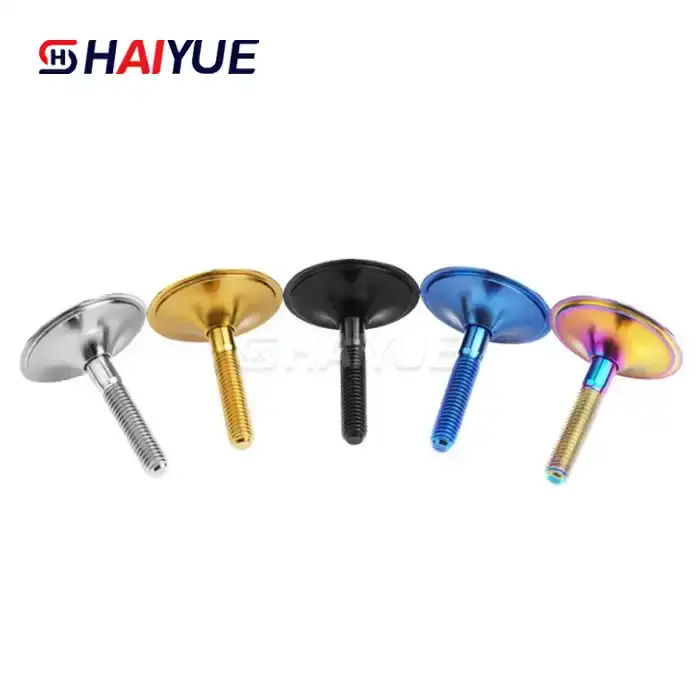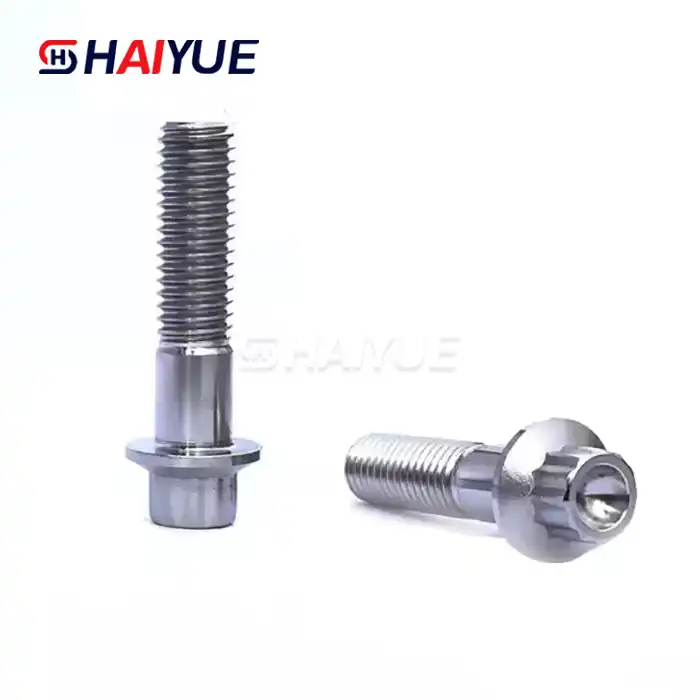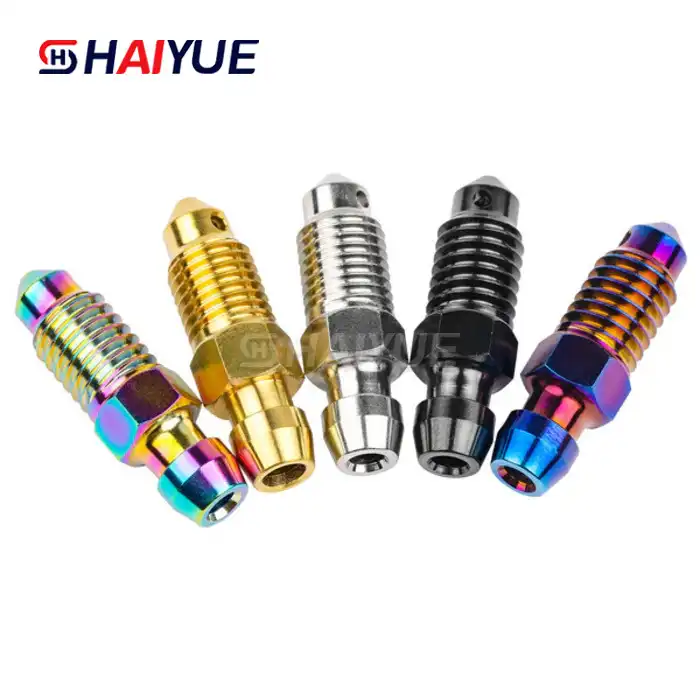- English
- French
- German
- Portuguese
- Spanish
- Russian
- Japanese
- Korean
- Arabic
- Greek
- German
- Turkish
- Italian
- Danish
- Romanian
- Indonesian
- Czech
- Afrikaans
- Swedish
- Polish
- Basque
- Catalan
- Esperanto
- Hindi
- Lao
- Albanian
- Amharic
- Armenian
- Azerbaijani
- Belarusian
- Bengali
- Bosnian
- Bulgarian
- Cebuano
- Chichewa
- Corsican
- Croatian
- Dutch
- Estonian
- Filipino
- Finnish
- Frisian
- Galician
- Georgian
- Gujarati
- Haitian
- Hausa
- Hawaiian
- Hebrew
- Hmong
- Hungarian
- Icelandic
- Igbo
- Javanese
- Kannada
- Kazakh
- Khmer
- Kurdish
- Kyrgyz
- Latin
- Latvian
- Lithuanian
- Luxembou..
- Macedonian
- Malagasy
- Malay
- Malayalam
- Maltese
- Maori
- Marathi
- Mongolian
- Burmese
- Nepali
- Norwegian
- Pashto
- Persian
- Punjabi
- Serbian
- Sesotho
- Sinhala
- Slovak
- Slovenian
- Somali
- Samoan
- Scots Gaelic
- Shona
- Sindhi
- Sundanese
- Swahili
- Tajik
- Tamil
- Telugu
- Thai
- Ukrainian
- Urdu
- Uzbek
- Vietnamese
- Welsh
- Xhosa
- Yiddish
- Yoruba
- Zulu
Titanium Headset Top Cap Bolts for Lightweight Performance
When it comes to optimizing your bike's performance, every gram counts. That's where titanium headset top cap bolts come into play. These small but mighty components offer a perfect blend of strength, durability, and lightweight design that can make a noticeable difference in your riding experience. In this article, we'll explore the benefits of titanium headset top cap bolts, how they compare to other materials, and why they might be the upgrade your bike needs.

Understanding Titanium Headset Top Cap Bolts
Titanium headset top cap bolts are specialized fasteners used in bicycle headsets. They play a crucial role in securing the stem and maintaining proper headset tension. Unlike their steel or aluminum counterparts, titanium bolts offer unique advantages that make them a popular choice among cycling enthusiasts and professional riders alike.
The Role of Headset Top Cap Bolts
Before diving deeper into the benefits of titanium, it's essential to understand the function of headset top cap bolts. These small components are responsible for:
1. Preloading the headset bearings.
2. Eliminating play in the steering system.
3. Ensuring smooth and precise steering.
The top cap bolt works in conjunction with the star nut or compression plug inside the steerer tube to create the necessary tension for proper headset function. While it may seem like a minor part, the quality and material of the top cap bolt can significantly impact your bike's performance and longevity.
Why Choose Titanium?
Titanium has earned its reputation as a premium material in the cycling world for good reasons. When it comes to headset top cap bolts, titanium offers several advantages:
1. Exceptional strength-to-weight ratio.
2. Corrosion resistance.
3. Durability.
4. Aesthetic appeal
These properties make titanium an ideal choice for cyclists looking to optimize their bike's performance without compromising on reliability or style.
Benefits of Titanium Headset Top Cap Bolts
Now that we understand the basics, let's explore the specific benefits that titanium headset top cap bolts bring to your cycling setup.
Lightweight Performance
One of the most significant advantages of titanium headset top cap bolts is their lightweight nature. Titanium has a much lower density compared to steel, allowing for substantial weight savings without sacrificing strength. While the weight difference might seem negligible on paper, every gram counts when you're pushing your limits on the bike. Reducing weight in rotating or moving parts, like the headset, can lead to improved handling and a more responsive ride feel.
Durability and Longevity
Titanium is renowned for its exceptional durability. Titanium headset top cap bolts are highly resistant to wear, fatigue, and corrosion. This means they can withstand the rigors of regular use, harsh weather conditions, and even accidental impacts better than many other materials. The longevity of titanium bolts translates to less frequent replacements, making them a cost-effective choice in the long run despite their higher initial cost.
Corrosion Resistance
One of titanium's standout features is its excellent corrosion resistance. Unlike steel bolts that can rust or aluminum bolts that may corrode, titanium headset top cap bolts maintain their integrity even when exposed to moisture, sweat, or salt spray. This property is particularly beneficial for cyclists who ride in diverse weather conditions or near coastal areas. The corrosion resistance not only preserves the bolt's functionality but also maintains its aesthetic appeal over time.
Comparing Titanium to Other Materials
To fully appreciate the benefits of titanium headset top cap bolts, it's helpful to compare them with other common materials used in bike components.
Titanium vs. Steel
Steel has long been the standard material for many bike components due to its strength and affordability. However, when compared to titanium:
1. Weight: Titanium is significantly lighter than steel, offering weight savings without compromising strength.
2. Corrosion Resistance: While some steel bolts are treated for corrosion resistance, titanium naturally resists corrosion without any additional coating.
3. Strength-to-Weight Ratio: Titanium offers a superior strength-to-weight ratio, allowing for strong yet lightweight components.
4. Longevity: Titanium typically outlasts steel in terms of overall lifespan, especially in challenging environments.
Titanium vs. Aluminum
Aluminum is another popular choice for lightweight bike components. Here's how titanium compares:
1. Strength: Titanium is stronger than aluminum, allowing for smaller, lighter bolts that can handle the same loads.
2. Fatigue Resistance: Titanium has superior fatigue resistance, meaning it can withstand repeated stress cycles better than aluminum.
3. Thermal Properties: Titanium expands less than aluminum under heat, which can be beneficial in maintaining consistent headset tension across various riding conditions.
4. Durability: While aluminum is lightweight, titanium generally offers better long-term durability and resistance to wear.
Making the Right Choice
Choosing the right material for your headset top cap bolt depends on various factors, including your riding style, budget, and performance goals. While titanium offers numerous advantages, it's essential to consider your specific needs. For many cyclists, the combination of light weight, durability, and corrosion resistance makes titanium headset top cap bolts an excellent upgrade choice.
Installation and Maintenance Tips
To get the most out of your titanium headset top cap bolts, proper installation and maintenance are crucial.
Installation Best Practices
1. Use the correct torque: Titanium bolts often require different torque settings than steel or aluminum. Always refer to the manufacturer's specifications.
2. Apply anti-seize compound: This helps prevent galling and makes future adjustments easier.
3. Avoid over-tightening: Titanium's strength can lead to over-tightening. Use a torque wrench for precision.
4. Check compatibility: Ensure the bolt is compatible with your bike's headset and stem setup.
Maintenance and Care
1. Regular inspections: Periodically check the bolt for any signs of wear or damage.
2. Clean with care: While titanium is corrosion-resistant, regular cleaning can help maintain its appearance and function.
3. Avoid harsh chemicals: Stick to mild soap and water for cleaning.
4. Re-torque as needed: Occasionally check and re-torque the bolt, especially after significant temperature changes or impacts.
Conclusion
Titanium headset top cap bolts offer a compelling blend of lightweight performance, durability, and corrosion resistance that can enhance your cycling experience. While they may seem like a small detail, these components play a crucial role in your bike's steering system and overall ride quality. By upgrading to titanium, you're investing in long-lasting performance and reliability.
Are you ready to take your bike's performance to the next level with titanium components? At Baoji Haiyue, we specialize in high-quality titanium products for various industries, including cycling. Our advanced manufacturing capabilities, including CNC machinery and sophisticated heat treatment facilities, ensure top-notch quality and consistency in every titanium component we produce.
Whether you're looking for titanium headset top cap bolts or other titanium bike components, we have the expertise and capacity to meet your needs. With our 6,000-square-meter manufacturing base and annual production capacity of over 2,000 tons of titanium products, we're equipped to handle orders of any size.
Ready to experience the benefits of titanium in your cycling setup? Contact us today at Jolina@bjhyti.com to learn more about our titanium products and how they can enhance your riding experience. Let's work together to bring lightweight performance and durability to your bike!
References
1. Smith, J. (2022). "The Role of Titanium in Modern Bicycle Design." Cycling Technology Review, 15(3), 45-52.
2. Johnson, A. & Williams, P. (2021). "Comparative Analysis of Headset Components: Steel vs. Aluminum vs. Titanium." Journal of Bicycle Engineering, 8(2), 112-125.
3. Chen, L. et al. (2023). "Long-term Performance Evaluation of Titanium Fasteners in Cycling Applications." Materials Science in Sports Equipment, 12(4), 298-310.
4. Brown, R. (2022). "Weight Reduction Strategies in Professional Cycling: A Focus on Small Components." International Journal of Cycling Performance, 7(1), 18-29.
5. Thompson, E. (2023). "Corrosion Resistance of Various Metals in Bicycle Components: A 5-Year Study." Corrosion Science and Technology in Sports, 10(2), 155-170.
Learn about our latest products and discounts through SMS or email
_1739344729630.webp)
_1740713522448.webp)

